Voyager 1 phones home for first time since 2023
Wednesday, May 15, 2024

|
Richard Harris |
NASA's Voyager 1 has revived its mission with a crucial software update, successfully transmitting data back to Earth for the first time since November 2023, thanks to a strategic intervention by the Jet Propulsion Laboratory team.
At NASA's Jet Propulsion Laboratory in Southern California, the Voyager mission team convened on April 20, 2024, in anticipation of updates on Voyager 1's recent technical challenges. At 6:40 AM, the team erupted in celebration upon receiving engineering data from Voyager 1 for the first time since November 2023. This breakthrough occurred after the team had repositioned a segment of software from the flight data subsystem's (FDS) computer to a new memory location two days prior, on April 18, 2024. The previous location had suffered damage, halting the flow of scientific and engineering data for five months. The success of this maneuver, confirmed through data indicating the spacecraft's operational health, was a cause for celebration. Given the vast distance -over 15 billion miles (24 billion kilometers) - it takes approximately 22 ½ hours for a radio signal to reach the spacecraft and the same time for its return.
NASA's Voyager 1 has resumed sending data to Earth after a strategic software relocation by the Jet Propulsion Laboratory team
The newly established connection with Voyager 1 has allowed the mission team to assess the spacecraft's health and prepare for the next steps in restoring its capacity to transmit scientific data. This progress is vital as Voyager 1, along with its sibling Voyager 2, remains a unique probe in interstellar space, the vast region between stars.
The loss of data began on November 14, 2023, when it became clear that one of the three onboard computers, the FDS, was no longer sending back usable data, despite functioning in other respects. Investigations pinpointed the issue to a malfunctioning chip within the FDS, which compromised part of its memory, including crucial software code. With no possibility of repairing the chip remotely, the team strategized to relocate the affected code within the FDS memory. This task was challenging due to space constraints, necessitating the division and redistribution of the code across several memory areas.
The process involved not only moving the code but also ensuring that these fragments would operate seamlessly together. The team also had to update references to the code's new locations within the FDS to maintain functionality. The initial success of relocating the code responsible for managing engineering data has paved the way for further adjustments needed for the spacecraft to resume sending scientific data.
In the following weeks, additional sections of the FDS software will be shifted and fine-tuned to facilitate the return of scientific data. Meanwhile, Voyager 2 continues its mission without issues. Launched more than 46 years ago, the Voyager spacecraft are record holders for both longevity and distance from Earth, having conducted pivotal flybys of Saturn, Jupiter, and in Voyager 2's case, Uranus and Neptune, before embarking on their current journey through interstellar space. The management of the Jet Propulsion Laboratory is overseen by Caltech in Pasadena, California, on behalf of NASA.
NASA’s Voyager 1 spacecraft depicted by an artist
An artist's illustration shows NASA's Voyager 1 spacecraft as it traverses interstellar space.
Credit: NASA/JPL-Caltech

ScopeTrader's latest survey
Featured Stories

Stay Updated
Sign up for our newsletter for the headlines delivered to youSuccessFull SignUp

|



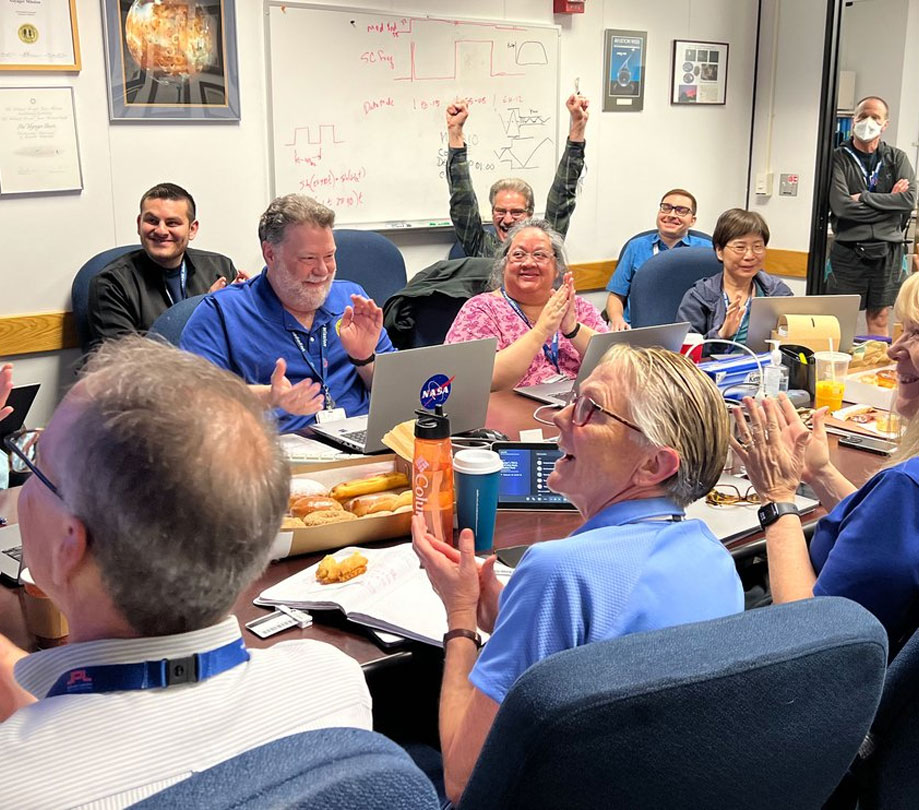

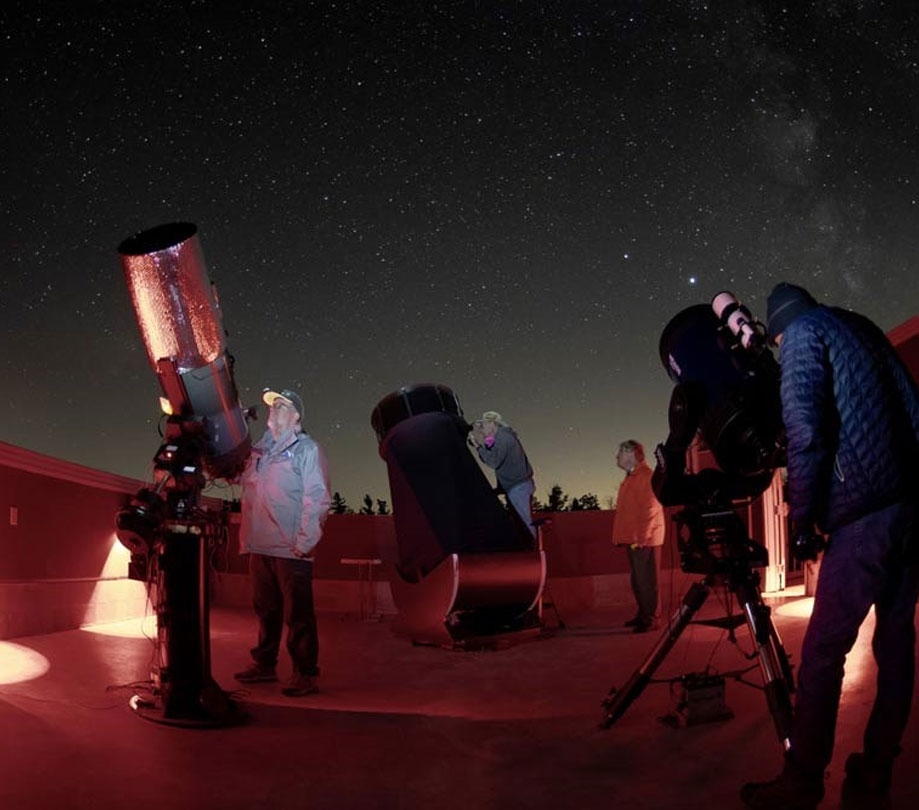

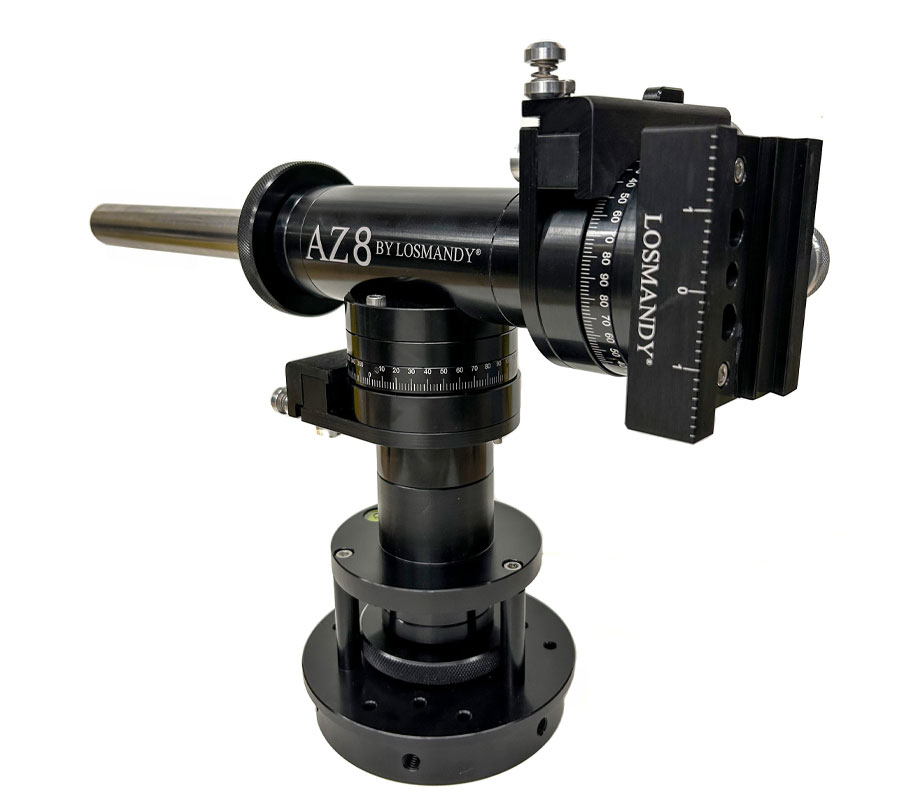
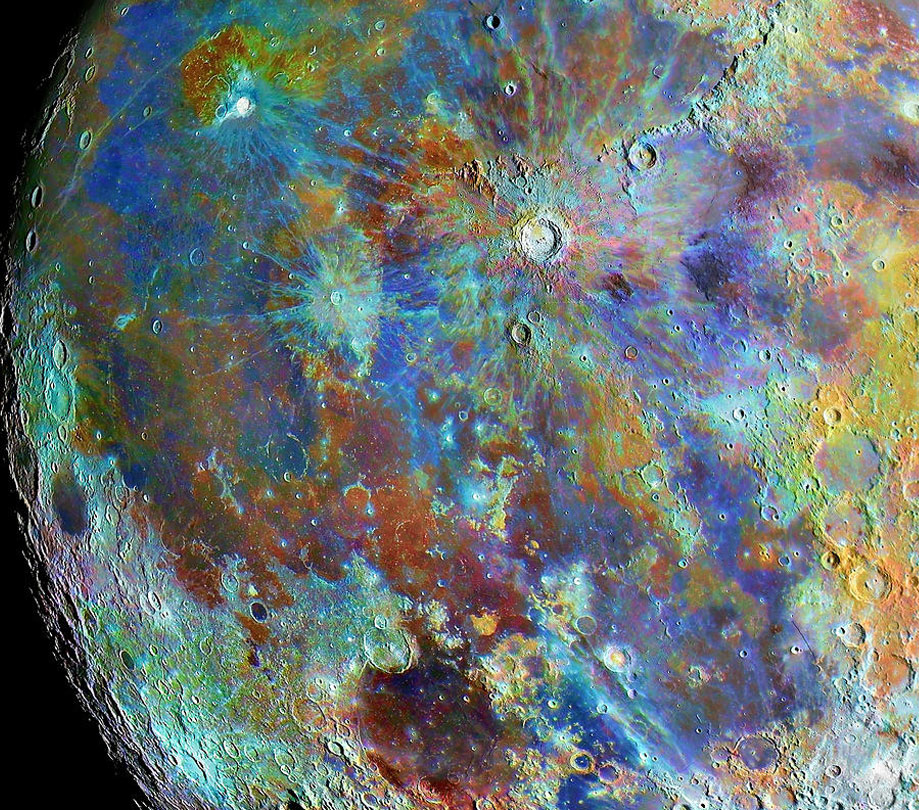
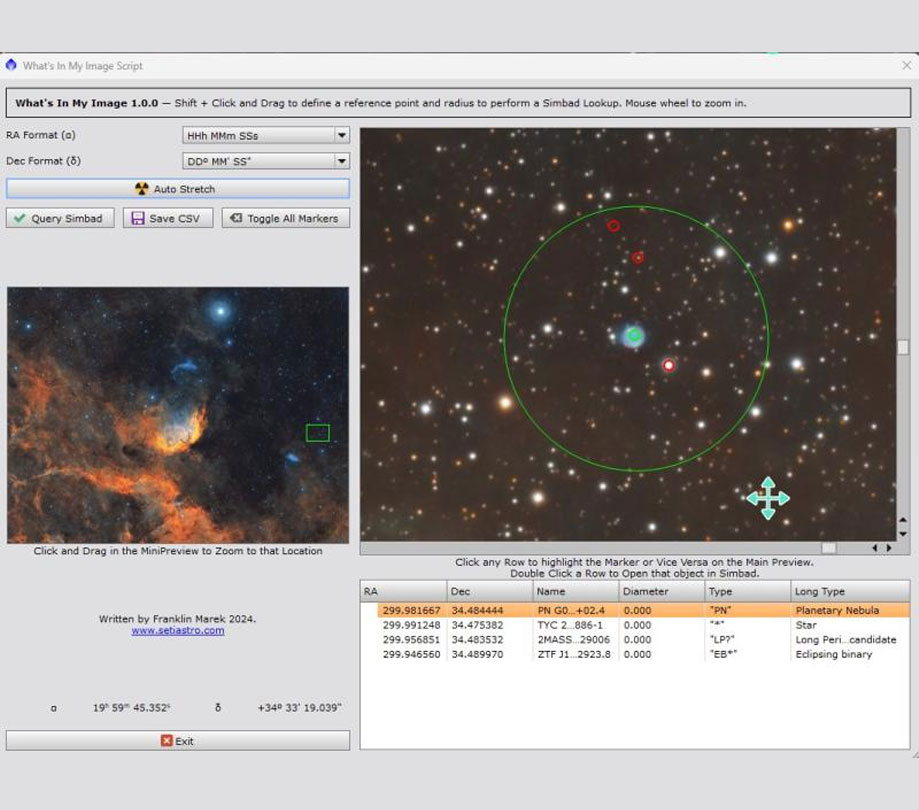
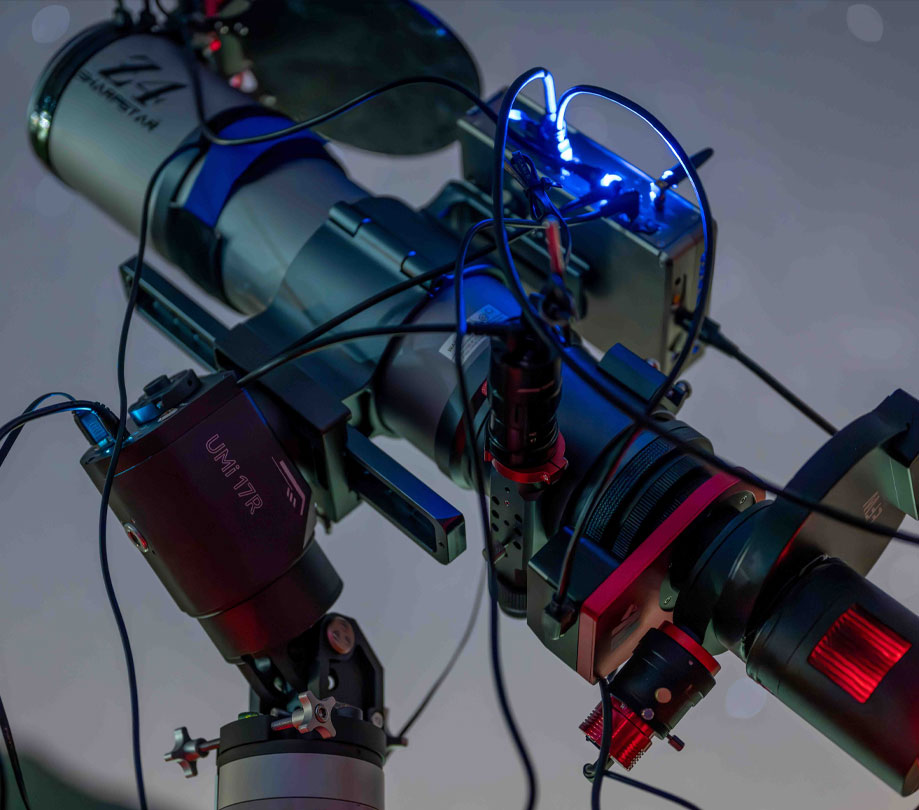
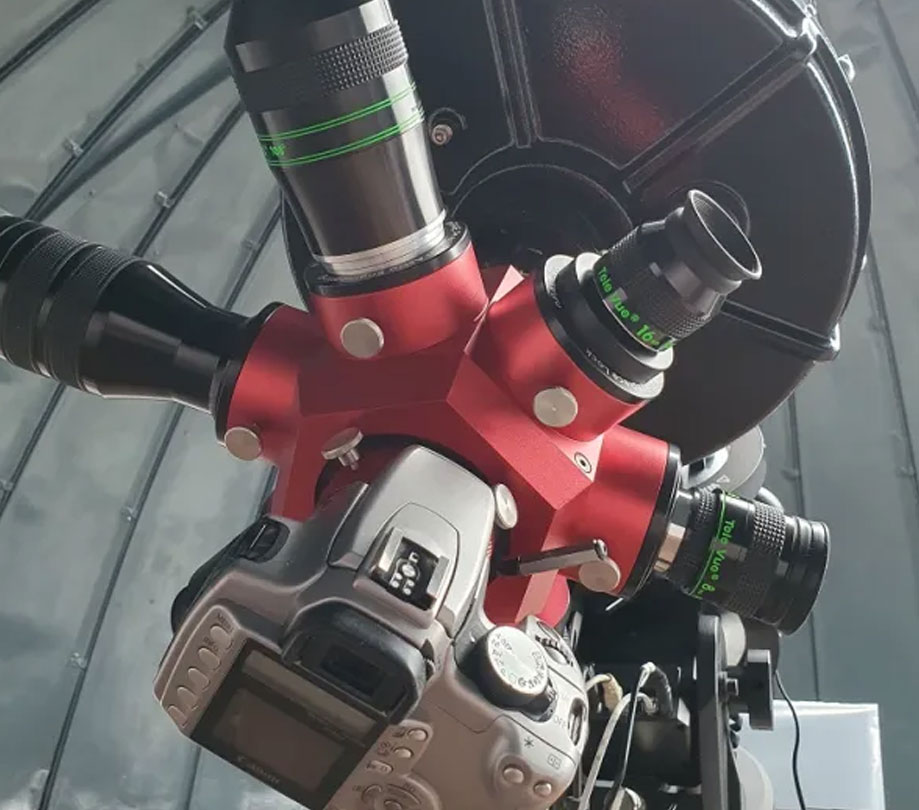
Comments